P&O 180: Conservator's Choice - Craftmanship of Miniature
As a conservator ship models are fascinating objects to work with due to their three-dimensionality and mixture of materials used to make them, hence why I like to showcase the P&O Heritage ship model collection and highlight some of our finest.
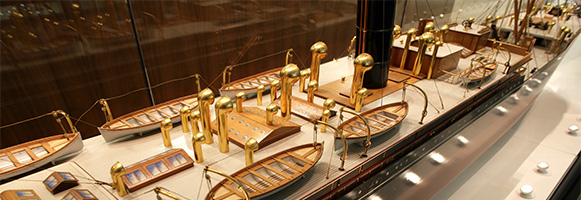
The P&O Heritage ship model collection consists of over 200 models.
The earliest is believed to date from 1842 and the latest was made in 2000.
They include both very detailed craftsmen’s and ship-builder’s models, as well as commercial display and presentation models. The latter sometimes being illuminated as they would once have been found lighting up a travel agents window. Some are full hull, others waterline, and some are half block models.
The ship models also vary in both size and scale. One of our smallest ship models the VICEROY OF INDIA (1929; depict below, top right) is just under 50cm long and on the other hand, one of our largest ship models, the SYRIA (1901; detail shown above) is roughly 3 meters long.
Nevertheless, the SYRIA model is only 1:48 scale. As ships have grown larger so has the scale of the ship models extend from 1:96 to 1:200 scale, more commonly used today.
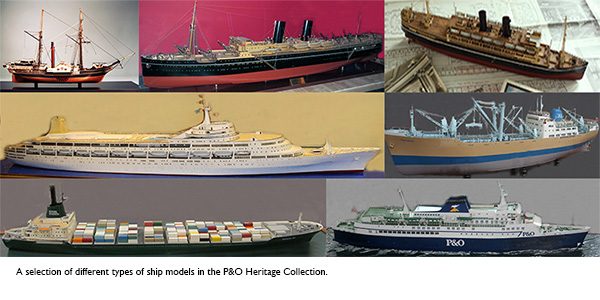
Some of these fine ship models have been on display in the P&O offices with pride throughout its long history.
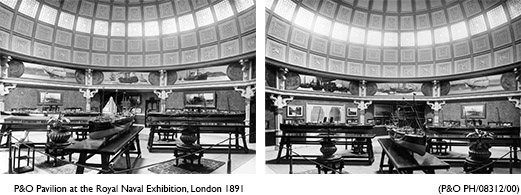
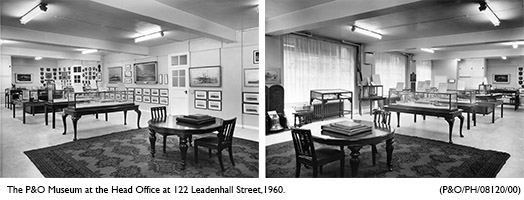
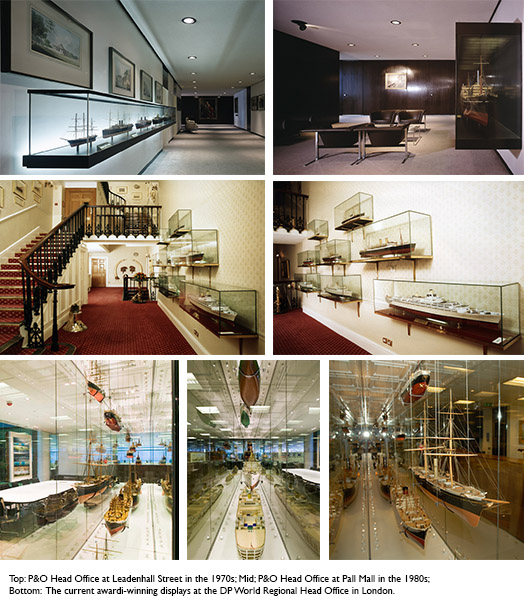
Others are used in exhibition and are on loan to other institutions across the U.K and the world
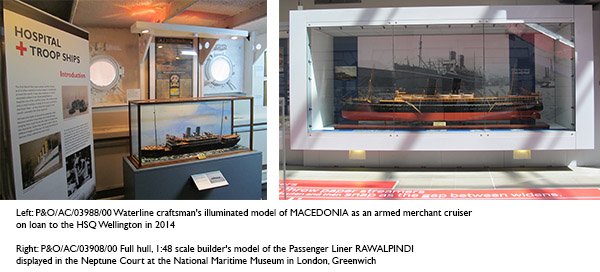
Ship models are so-called mix media objects; made of a range of different woods and various other materials such as metals, plastics, glass, bone, paper, textiles etc. All these materials can react with each other and the surrounding environment differently causing great challenges in looking after them. Great care is required when dealing with these often very fragile objects.
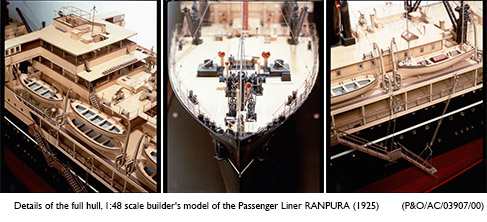
To preserve the integrity of these unique objects, I try to keep my intervention to the minimum. The models are mainly surface cleaned with soft brushes, museum vac, small pieces of chemical sponges and cotton swabs. Any weakened or broken components are stabilised and repaired; snapped rigging is mended or sometimes replaced with conservation grade adhesives and material where possible.
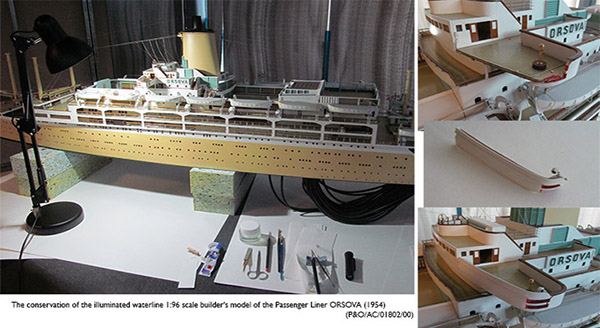
The complexity of these objects also demand special consideration when packing and transporting them. Special crates and boxes with appropriate foam padding is required to support and ensure the ship models are secured for during transport.

Sometimes delicate components can be secured and fastened with cotton tapes to avoid any unwanted movement or losses.
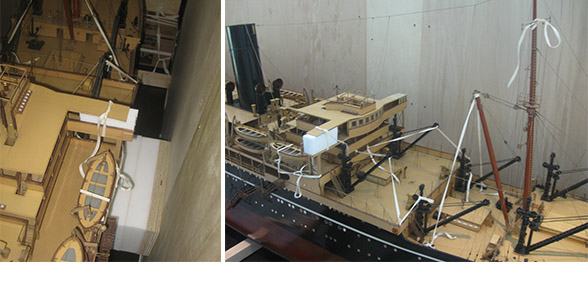
Our Craftsman’s 1.60 scale model the WILLIAM FAWCETT is one of our oldest ship models, and is one of my favourites in the collection.
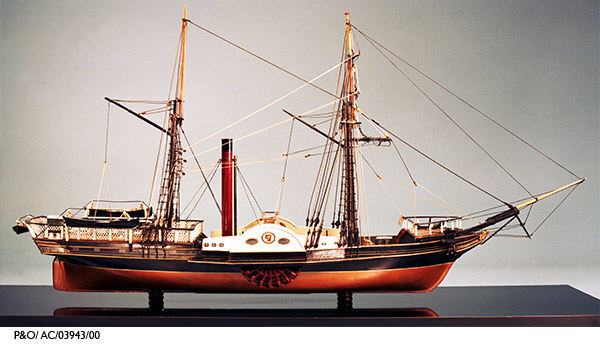
This full hull craftsman’s ship model measures approx. 42.5 x 73.6 x 19 cm (HxWxD) so its a relatively small ship model.
The WILLIAM FAWCETT (1828), “traditionally considered the first P&O ship”, was a wooden paddle steamer with the gross tonnage of 206, running regular voyages between London - Spain and Portugal in the 1830s and 1840s. (You can find out more about this ship and many others from our Ships Fact Sheets: http://www.poheritage.com/our-archive )
During a recent exhibition installation, I had the privilege to examine this unique ship model prior to its cleaning and repair. Below are some close up images of this model.

This ship model is made up of various materials; such as wood (painted), metals (brass) pins, deck railings and fittings and cotton rigging threads (some dyed). It is a fine example of skilled craftsmanship. Unfortunately, as with so many of our ship models, we do not know much about its maker, more than it is believed to be made by a sailor.
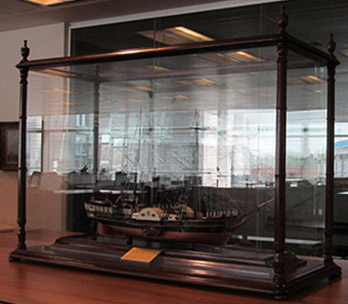
It is secured through two concealed screws to a mahogany baseboard and is currently displayed (in its own glazed mahogany case, which also was recently cleaned and restored), in our London office.
Anna-Klara Hahn, Conservator at P&O Heritage




